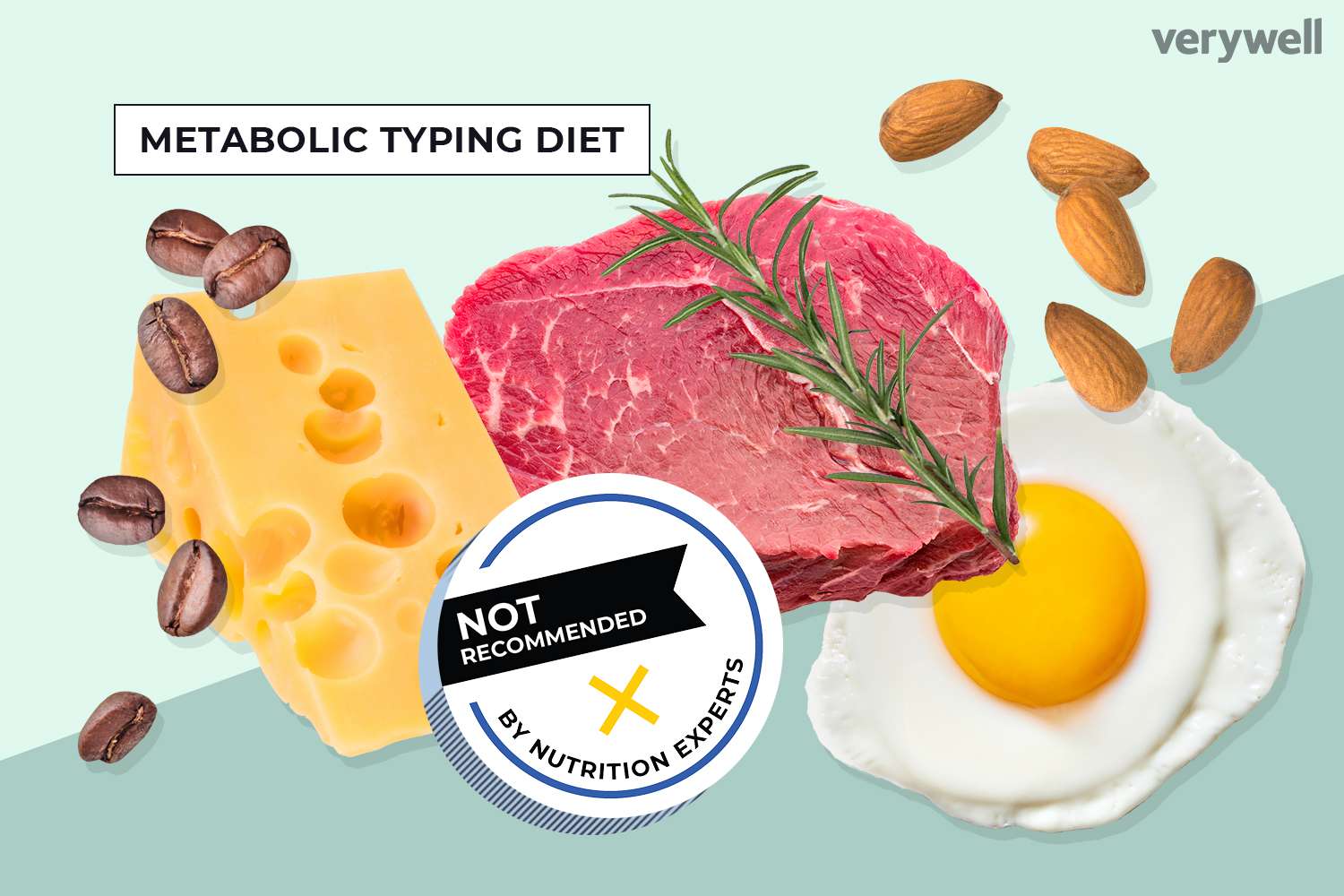
The Mayo Clinic Mediterranean Diet is an open-ended diet that doesn't specify calorie counts or levels of physical activity. This diet is generally safe for healthy adults. It does contain a large amount of carbohydrates. This can be dangerous for diabetics. Furthermore, the Mediterranean diet encourages the daily consumption of a glass of wine, which may not be advisable for people on certain medications.
Olive oil
Mayo Clinic Mediterranean diet using olive oil is a diet that focuses heavily on plant-based diets. The primary source of additional fat in the diet is olive oil. It contains monounsaturated oils that can help lower total cholesterol and decrease the risk of developing cancer. The diet also includes fish and poultry in moderation, and omits red meat. It also contains olive oil, which is a healthy form of fat, as a replacement for butter.
Whole grains
Mayo Clinic Mediterranean food includes whole grains and lots of other plant foods. It has a low amount of animal-based fat and high levels of fish, poultry, whole grains and other plant-based foods. It has been shown to have many health benefits, including a decreased risk of heart disease, diabetes, stroke and other chronic diseases. In addition, the Mediterranean diet has high levels of omega-3 fat acids that may help combat inflammation.

Nuts
Nuts are rich in nutrient-dense fiber, healthy minerals, and essential fatty acids. They have been proven to reduce the risk of all types of cancer and help prevent cardiovascular disease. However, studies on the effects of nuts on diabetes and obesity are mixed. Nut intake has also been linked to lower levels of cholesterol.
Fish
The Mayo Clinic Mediterranean food plan is a diet plan that emphasizes plant-based foods and fish. This diet has been shown to improve heart health and lower the risk of developing heart disease. It is rich in fish, other seafood, and often combined with other Mediterranean dishes. It has a number of health benefits, including lowering cholesterol and blood pressure.
Fruits
Figs are the Mediterranean's most important fruit. They are used in desserts, and fig syrup is a traditional food in Calabria. This sweet syrup is brown in color and a popular ingredient in typical foods and cakes.
Low-fat dairy
Mayo Clinic Mediterranean diet encourages eating a variety of fruits, vegetables, and low-fat dairy products. It encourages whole grains, legumes and nuts as well as olive oil. It also recommends that red meat and refined foods be limited.

Low-sodium foods
Mediterranean diet encourages whole food consumption with low sodium levels and the avoidance of processed foods. It also discourages deep frying of fish and flavor enhancements with high-fat marinades. It encourages socializing over meals as well as daily physical activity.
FAQ
What is the healthiest lifestyle to life?
Living a healthy lifestyle is one that encourages you to eat well, exercise regularly, get enough sleep, and avoids stress. This will ensure that you live a long healthy life.
Starting small can make a big difference in your diet, and even your exercise routine. For example, if you want to lose weight, try walking for 30 minutes every day. Or, if you want to get more active, take up swimming or dancing. An online fitness program such as Strava or Fitbit that tracks your activity could be a good option.
What is the best diet for me?
Your lifestyle and individual needs will determine the best diet for your body. Also, consider your energy expenditure, your preference for low-calorie food, and whether you enjoy eating fruits or vegetables.
Intermittent fasting is a good option if you're trying to lose weight. Intermittent fasting is a way to eat only certain meals during the day instead of three large meals. You may find that this method works better for you than traditional diets that include daily calorie counts.
Some studies have suggested that intermittent fasting might improve insulin sensitivity. It may also reduce inflammation. This can lead to a reduction in blood sugar levels, and less risk of developing type 2 diabetes. Other studies suggest that intermittent fasting could promote fat reduction and improve overall body structure.
Is being cold bad for your immune system?
Cold can make you less immune to infection because your body makes fewer white blood cells, which are essential for fighting infections. But, cold makes you feel better. Your brain releases endorphins that reduce pain.
What is the difference between calories and kilocalories?
Calories measure the amount energy in food. Calories is the unit of measurement. One calorie is equal to one degree Celsius in energy.
Kilocalories refer to calories in another way. Kilocalories equal one thousandth of an calorie. 1000 calories is one kilocalorie.
How can weight change with age?
How do you tell if there are any changes in your bodyweight?
When there is more muscle mass than fat, weight loss can occur. This means that the daily calories consumed must not exceed the energy used. Reduced activity is the leading cause of weight gain. Other factors include stress, pregnancy and hormonal imbalances. A person who has more fat than their muscle mass will experience weight gain. It occurs when people eat more calories each day than they use. It can be caused by overeating or increased physical activity as well hormonal changes.
We consume fewer calories that we burn. This is why we lose weight. Regular exercise increases metabolism, which means that we burn more calories per day. But, this does not mean that we'll get thinner. It is important to know if we are losing weight or gaining muscle. If we're burning more calories that we consume, we'll lose weight. But, if we consume more calories then we burn, then they are being stored as fat.
As we age, we become less agile and don't move as often. We also tend not to eat as much food as we used to when we were younger. As a result, we gain weight. On the other hand, we have more muscle mass and look larger than we actually are.
There's no way to tell how much weight you've lost unless you weigh yourself every week. There are many ways you can measure your weight. There are many ways to measure your weight. You can check your waist, hips, thighs, arms and legs. Some people prefer to use bathroom scales while others like to use tape measures.
Track your progress by measuring your waistline and weighing yourself every week. To see how far you have come, you can take photos of yourself every few month.
You can also check your height online to find out how many pounds you have. If you are 5'10' tall and weigh 180lbs, your weight would be 180.
What is the problem?
BMI stands for Body Mass Index, which is a measurement of body fat based on height and weight. This formula calculates BMI.
Add weight in kilograms to height in meters squared.
The score is expressed as a number between 0 and 25. A score greater than 18.5 is considered overweight. A score greater than 23 is considered obese.
A person with 100 kg will have a BMI 22 if they are 1.75m tall and weigh 100 kg.
How does an anti-biotic work?
Antibiotics are medications that kill harmful bacteria. To treat bacterial infections, antibiotics are used. There are many options for antibiotics. Some can be taken orally while others can be injected. Others are topically applied.
People who have been exposed are often given antibiotics. For example, if someone has had chicken pox, he or she might take an oral antibiotic to prevent shingles later on. A penicillin injection might be given to prevent pneumonia in someone who has had strep.
If antibiotics are to be administered to children, they must be prescribed by a doctor. Children are more susceptible to side effects from antibiotics than adults.
Diarrhea, the most common side-effect of antibiotics, is probably diarrhea. Other side effects that could occur include nausea, vomiting and dizziness. Most of these symptoms disappear after the treatment is completed.
Statistics
- According to the Physical Activity Guidelines for Americans, we should strive for at least 150 minutes of moderate intensity activity each week (54Trusted Source Smoking, harmful use of drugs, and alcohol abuse can all seriously negatively affect your health. (healthline.com)
- WHO recommends consuming less than 5% of total energy intake for additional health benefits. (who.int)
- In both adults and children, the intake of free sugars should be reduced to less than 10% of total energy intake. (who.int)
- nutrients.[17]X Research sourceWhole grains to try include: 100% whole wheat pasta and bread, brown rice, whole grain oats, farro, millet, quinoa, and barley. (wikihow.com)
External Links
How To
How to live a healthy lifestyle
Healthy living is a lifestyle that helps you maintain your weight, good health, and your fitness. Healthy living means eating right, exercising regularly, getting enough rest, and staying away from harmful substances like alcohol, tobacco, cocaine, and drugs. A healthy lifestyle helps you stay fit and feel good about yourself. You are also less likely to develop chronic diseases such heart disease and stroke, diabetes or cancer.
The goal of this project is to give a step-by–step guide on how you can live a more healthy life. The introduction was the first portion of the project. It describes the benefits of living a healthy life, what it means, and who we should be. The body paragraphs contain tips on how you can maintain a healthy lifestyle. Finally, I wrote the conclusion, which summarizes the whole article and provides some additional resources if needed.
This assignment helped me learn how to write a clear and concise paragraph. I learned how topic sentences and supporting details were organized. Moreover, I improved my research skills because I had to find specific sources and cite them properly. I also learned proper grammar for writing.